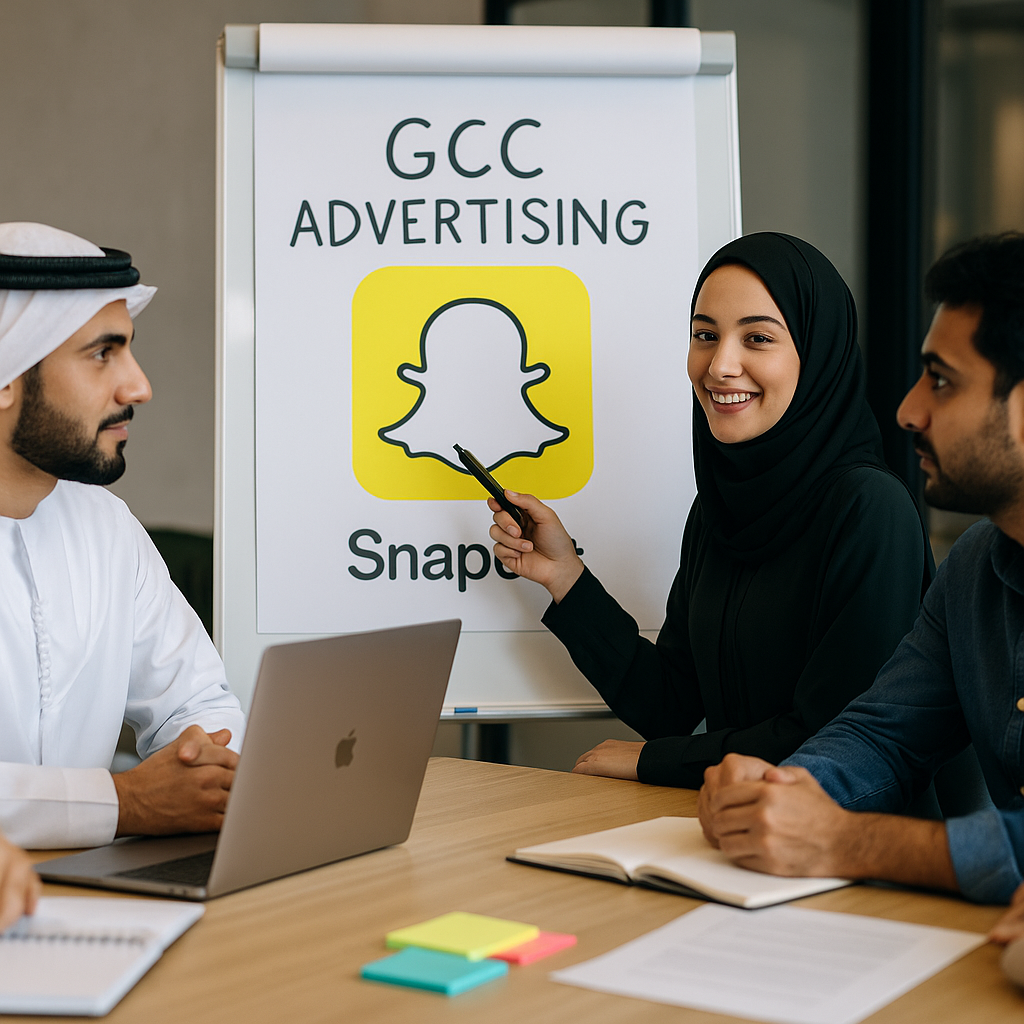How Does Advertising Work in GCC?
The Gulf Cooperation Council (GCC) region is known for its rapid economic growth and diversification efforts. In this article, we’ll explore how advertising operates in the GCC, focusing on effective content marketing strategies that engage audiences and build brand authority in this vibrant region.
Understanding the GCC Market
Before diving into advertising strategies, it’s important to understand the GCC market. Comprising six countries—Saudi Arabia, the UAE, Qatar, Oman, Kuwait, and Bahrain—the region is characterized by a young, tech-savvy population. This demographic is increasingly reliant on digital platforms for information and entertainment.
According to recent reports, the GCC advertising market is projected to reach significant milestones, emphasizing the importance of adapting advertising techniques to resonate with local audiences. With a mix of nationalities and cultures, advertisers must be inclusive and culturally aware.
The Role of Digital Marketing
Digital marketing is a key component of advertising in the GCC. Social media platforms such as Instagram, Facebook, and Snapchat are hugely popular, providing an ideal environment for targeted ads. In fact, the GCC has one of the highest social media penetration rates in the world, making it essential for brands to create engaging content that can capture attention.
Content Marketing Strategies
Content marketing plays a pivotal role in how businesses engage with potential customers in the GCC. By creating valuable and relevant content, brands can build trust and authority. To understand effective content marketing strategies, consider the following methods:
1. Cultural Relevance
Understanding local culture is crucial. Advertisements should reflect the values and interests of the GCC audience. This includes using local dialects, references, and cultural touchpoints to make content relatable.
2. Storytelling
Powerful storytelling can captivate audiences and enhance brand loyalty. By showcasing testimonials, user-generated content, or narratives related to the brand, companies can forge stronger connections with their audiences.
3. Educational Content
Providing educational content around your product or service can position your brand as an authority. Articles, blogs, and videos that offer insights and tips can significantly enhance engagement. For more on this, check out the Content Marketing Institute.
4. Leverage Influencers
Influencers hold significant power in the GCC advertising landscape. Partnering with local influencers can help brands reach a wider audience and gain credibility. Articles like this one provide insights on leveraging their influence effectively.
5. SEO and Analytics
Optimizing content for search engines is vital. Using the right keywords ensures that your target audience finds your content. Regular analysis can also give insights into what works and what doesn’t, allowing for adjustments in strategy.
Challenges Faced in GCC Advertising
While there are numerous opportunities in GCC advertising, brands also face challenges. Here are a few:
1. Regulatory Constraints
The GCC countries have different advertising regulations that must be followed. Getting familiar with these rules is necessary to avoid legal issues.
2. Cultural Sensitivity
With diverse cultures present in the region, what works in one country may not resonate in another. Brands must be cautious about their messaging and visuals to avoid offending any group.
3. Evolving Consumer Behavior
As more consumers shift to online shopping, brands must adapt their strategies consistently. Understanding shifts in consumer behavior is vital to keep up with trends.
The Importance of Mobile Marketing
With the rise of mobile usage in the GCC, mobile marketing cannot be overlooked. Most of the population accesses online content via smartphones. Brands should ensure that their websites and content are mobile-friendly to capture this audience effectively.
Future Trends in GCC Advertising
The GCC advertising landscape is set to evolve further. Here are some trends to watch out for:
1. Increased Emphasis on Personalization
Consumers increasingly expect personalized experiences. Brands that leverage data to customize their offerings will likely see better engagement.
2. Augmented Reality (AR) and Virtual Reality (VR)
AR and VR technologies are becoming more prominent in advertising. These tools can provide immersive experiences that resonate with tech-savvy audiences.
3. Video Content
Video remains a powerful medium in advertising. Short, engaging videos can grab attention quickly, making them an effective tool for brands. For expert insights on mastering content marketing in the Middle East, refer to this article on Meltwater.
Conclusion
Advertising in the GCC offers unique opportunities and challenges. By embracing effective content marketing strategies and staying attuned to cultural nuances, brands can successfully engage audiences and build authority in the region. The digital landscape is ever-evolving, and those who adapt will thrive. To learn more about content marketing, visit StoryChief.
In summary, understanding the market dynamics, embracing mobile marketing, and leveraging cultural insights are crucial for success in GCC advertising. By focusing on these aspects, brands can effectively connect with their target audience and enjoy sustained growth in this promising region.













